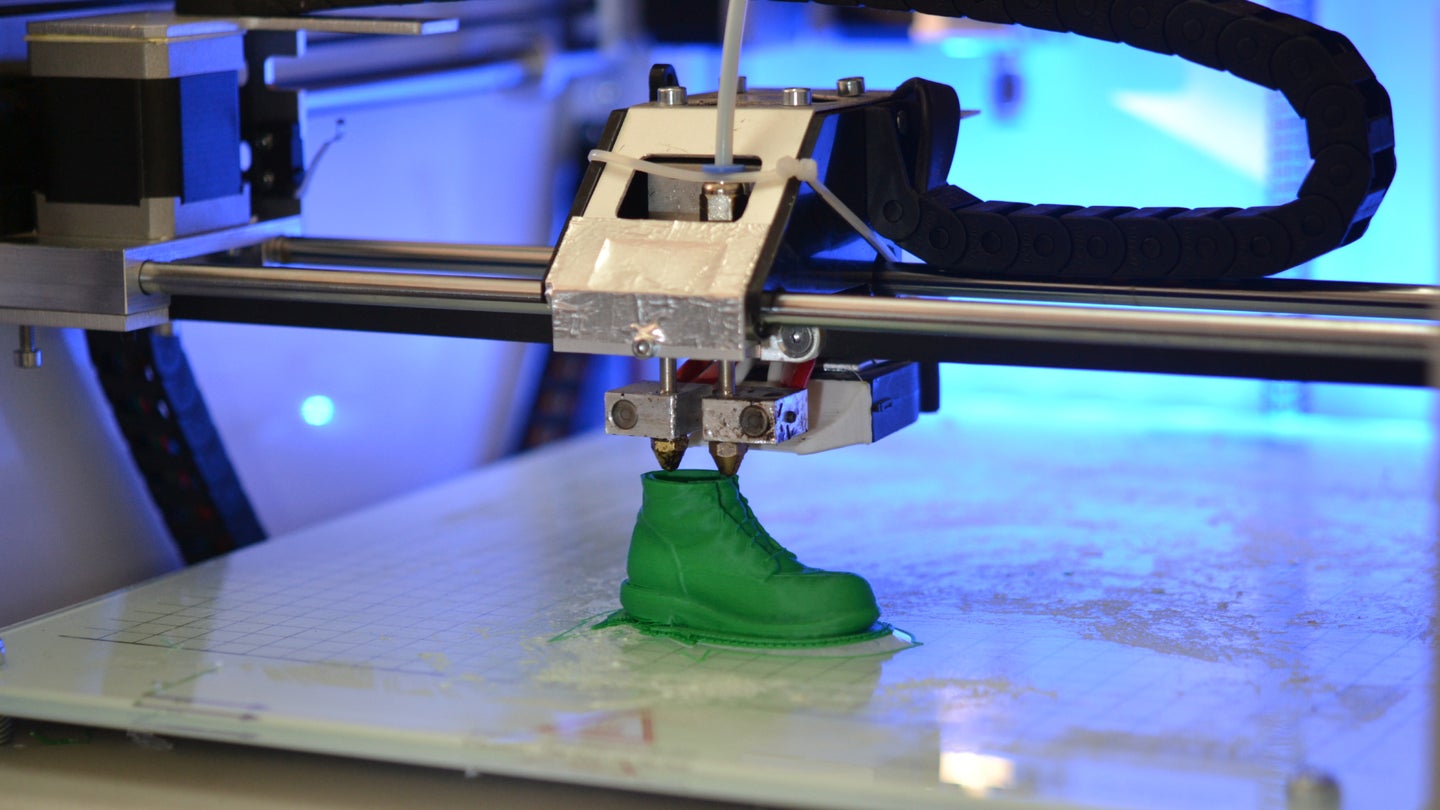3D Printing Market Analysis: Key Players, Technologies, and Growth Factors
3D Printing Market Analysis: Key Players, Technologies, and Growth Factors
Blog Article
The 3D printing market has rapidly evolved from a niche technology used mainly for prototyping to a transformative tool across industries, including healthcare, aerospace, automotive, construction, and consumer goods. Also known as additive manufacturing, 3D printing builds three-dimensional objects layer by layer from digital models. The technology is reshaping the way products are designed, manufactured, and delivered, leading to greater customization, reduced waste, and shorter production cycles.

With rising investments, technological advancements, and growing awareness, the global 3D printing market is set to witness remarkable growth over the next decade. From mass customization to on-demand production, 3D printing is no longer just a futuristic concept—it is now an essential part of modern manufacturing ecosystems.
Market Drivers
1. Growing Adoption in End-Use Industries
Industries such as healthcare, automotive, and aerospace are significantly driving the 3D printing market. In aerospace, lightweight components and complex geometries are crucial, and 3D printing meets these requirements effectively. Automotive manufacturers are leveraging 3D printing to accelerate prototyping and reduce tooling costs. In healthcare, 3D printing is revolutionizing the creation of prosthetics, dental devices, and even bioprinted tissues.
2. Advancements in Materials and Technology
Innovations in 3D printing materials—ranging from thermoplastics and metals to ceramics and bio-inks—are expanding the applications of additive manufacturing. Simultaneously, improvements in printing speed, precision, and scalability are making 3D printing more accessible and efficient for small and large-scale production.
3. Customization and On-Demand Manufacturing
3D printing enables a high level of customization at no additional cost, which is particularly valuable in industries like fashion, jewelry, and medical implants. On-demand manufacturing reduces the need for inventory, warehouse space, and logistics, streamlining supply chains and lowering operational costs.
4. Sustainability and Waste Reduction
Compared to traditional subtractive manufacturing, 3D printing significantly reduces material waste, as it uses only the necessary amount of raw material. Additionally, local production reduces transportation-related emissions, aligning with global sustainability goals.
Market Segmentation
The 3D printing market can be segmented by component, technology, application, end-user, and geography.
By Component:
Hardware: 3D printers and printing tools
Software: Design tools, simulation software, and workflow management platforms
Services: Design, consulting, support, and printing services
By Technology:
Fused Deposition Modeling (FDM)
Stereolithography (SLA)
Selective Laser Sintering (SLS)
Direct Metal Laser Sintering (DMLS)
Electron Beam Melting (EBM)
Digital Light Processing (DLP)
Multi Jet Fusion (MJF)
By Application:
Prototyping
Production
Research and Development
By End-User:
Aerospace and Defense
Automotive
Healthcare
Education
Consumer Products
Architecture and Construction
Industrial Manufacturing
Regional Insights
North America
North America leads the 3D printing market, with the United States being a major contributor. Strong research and development infrastructure, early adoption of technology, and the presence of key market players are driving regional growth.
Europe
Europe follows closely, with countries like Germany, the UK, and France at the forefront of industrial 3D printing. Government support, emphasis on digital manufacturing, and investment in sustainable technologies contribute to market expansion.
Asia-Pacific
Asia-Pacific is expected to witness the highest growth rate due to rapid industrialization, increasing investments in R&D, and a thriving manufacturing base. China, Japan, and South Korea are heavily investing in 3D printing technologies to enhance their competitive advantage.
Latin America and Middle East & Africa
Though still emerging, these regions are gradually embracing 3D printing for localized manufacturing, education, and healthcare applications, particularly in urban areas and innovation hubs.
Key Market Players
The 3D printing market is highly competitive and fragmented, with numerous companies innovating across hardware, software, and services. Key players include:
Stratasys Ltd.
3D Systems Corporation
EOS GmbH
Materialise NV
HP Inc.
GE Additive
Markforged Inc.
Desktop Metal
Ultimaker
SLM Solutions
These companies are continuously enhancing their offerings through acquisitions, partnerships, and technological innovations to cater to the evolving needs of customers.
Challenges Facing the 3D Printing Market
Despite its potential, the 3D printing market faces certain challenges. High initial costs, material limitations, lack of skilled professionals, and concerns over intellectual property rights and quality standards can hinder widespread adoption. Moreover, scaling up from prototyping to full-scale production remains a technical and economic challenge for many businesses.
Future Outlook
The future of the 3D printing market is undeniably promising. As the technology matures and becomes more cost-effective, it will move further into mainstream production. The convergence of 3D printing with artificial intelligence, machine learning, and Industry 4.0 will create intelligent, adaptive, and autonomous manufacturing systems.
Moreover, advancements in bioprinting and construction 3D printing are expected to unlock new possibilities in healthcare and infrastructure. With ongoing innovation and increased awareness of its benefits, the 3D printing market is set to become a cornerstone of modern manufacturing.
Related Trending Reports
| Gaming Accessories Market |
| Fire Protection System Market |
| Sports Technology Market |
| Smart Building Market |
| Smart TV Market |